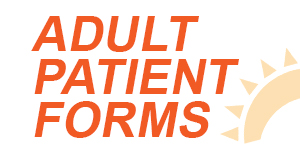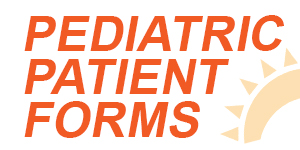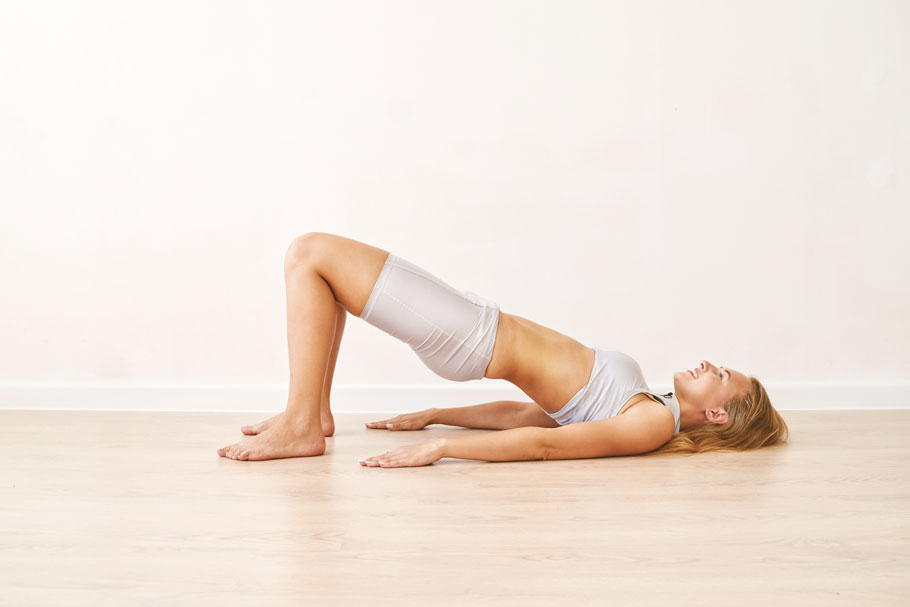Incontinence is not a topic that many people want to talk about. In some circles, it’s completely taboo to talk about issues affecting certain parts of the body, but perfectly okay to talk about other issues. For example, no one would bat an eye if you said your shoulder was hurting you. On the other hand, if you openly talked about your bladder incontinence, you might get some strange looks from friends and family.
But while we can’t change the stigma surrounding bladder issues, we can offer a good solution for incontinence and leaky bladder: chiropractic care.
All About Incontinence
Incontinence is usually classified in two major ways: incontinence of the bowel and incontinence of the bladder.
In the future, we may dive into the topic of bowel incontinence. However, the focus of this post will be on bladder incontinence and the many forms it can take. Let’s take a look at some of the major forms of urinary incontinence.
Stress Incontinence
Stress incontinence is one of the most common urinary issues.
Contrary to what you may think, stress incontinence has nothing to do with the psychological concept of stress. Rather, stress incontinence occurs when there is pressure placed on the bladder due to a physical movement. For instance, stress incontinence may be caused by coughs, sneezes, or even laughter.
Urge Incontinence
Urge incontinence, also known as urgency incontinence, is another common type of bladder dysfunction.
This type of incontinence involves a sudden, uncontrollable feeling of having to urinate. When this happens, the bladder involuntarily spasms, leading to leakage. As the name implies, this type of incontinence causes an immediate and urgent need to find a bathroom, as the patient is rarely able to hold back their urine once they need to go.
Functional Incontinence
Sometimes, unrelated conditions can lead to incontinence.
For example, if a person has severe pain after a surgery, he may have a tough time getting to the bathroom quickly. As a result, he may not make it to the bathroom in time when the urge to urinate hits him. This form of incontinence isn’t a result of some process that actually affects the urinary system. Rather, this issue is related to a completely separate problem that results in incontinence.
Overflow Incontinence
Some people will experience some urinary “spotting” throughout the day.
This occurs when the bladder isn’t able to fully empty after going to the bathroom. Therefore, the urine that is still left in the system after using the restroom may dribble out over the course of the day.
Treatments for Incontinence
Depending on the specific type of incontinence, there are a number of potential treatments available.
For example, for some of the causes of incontinence that are related to weak or non-functioning bladder muscles, there are rehab exercises that can strengthen said muscles. Performing Kegels and other movements can often lead to better muscular control in this area and, thus, decreased incontinence.
Additionally, there are many ways in which a patient can deal with some of the symptoms and effects of incontinence. Wearing extra layers of clothing in this area, or absorbent materials is one way to help those who can’t control their bladders.
Last but not least, chiropractic care serves as a viable treatment option for many patients who suffer from incontinence.
Chiropractic manipulations effectively realign the spine after it has subluxated, or fallen out of optimal alignment. These treatments can be used in conjunction with other treatments, or as standalone methods, depending on the needs of the patient.
Are you or a family member dealing with the effects of incontinence? It may feel like you’ve tried everything, to no avail. But if you haven’t tried chiropractic care yet, you should strongly consider signing up for your first session. The team at Awaken Chiropractic, the best Parker chiropractors, is available to help you today. Book your appointment now!






